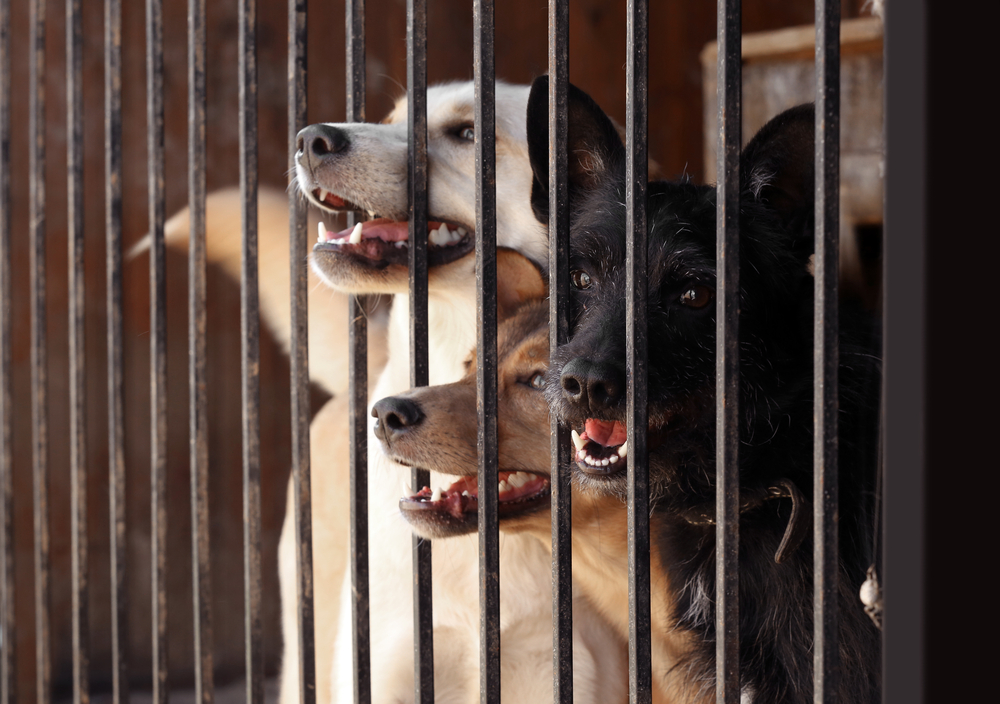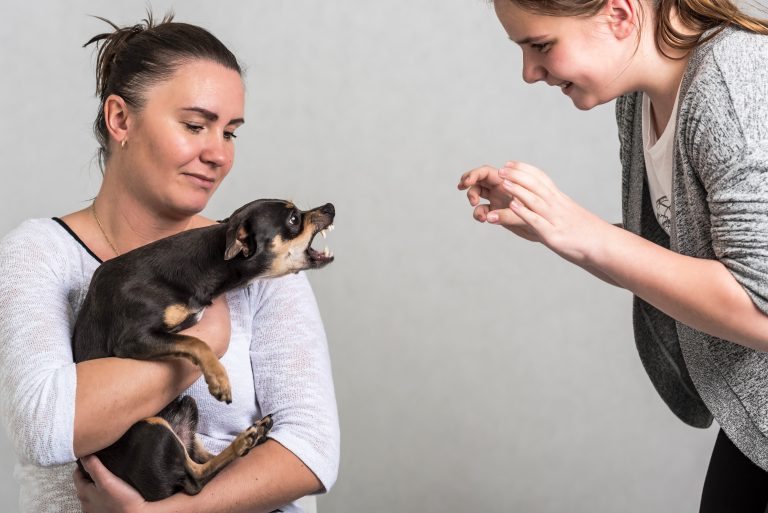Fostering A Dog: What You Need To Know
Fostering a dog before actually adopting it is a great idea. It gives you and your family a feel for whether that breed is a good fit, and what is involved in having a dog in your home. And it means there is more room for other homeless dogs while a dog is in your home.
Unfortunately, a lot of pets are unwanted or are simply not loved by their owner and many of them end up in the local pound. There, they don’t have as much interaction with people as they should, and they spend their days in cramped conditions. And of course, there’s a high chance of them being put to sleep, which is really very sad.
Feeding and caring for a dog is all part of fostering a dog, and just as important is determining the animal’s temperament. You want to be assured that the dog will be a good fit before you actually make the commitment to adopt.
Not only should you consider whether it’s suitable for you, if you have younger children, you’ll need to see if it’ll adapt well to your kids. There are some breeds which are exceptionally loving to little children but there are also some which take better to older kids. So this fostering period is a good period for you to decide if dog and kids can get along well together.
Fostering also has the advantage of making some more place available for another animal, even if it is only for a short length of time. You may find that your foster period has a set length before you have to make a decision, or you may find it’s indefinite or not set in stone.
When fostering a dog, you may be able to provide a temporary home to a dog recovering from an injury, or he may be in the best of health. Dogs that can be fostered range from older animals to puppies that can’t be adopted as they are too young. Regardless, it provides an opportunity for them to feel loved in a home environment instead of living in a shelter.


Helping a fostered dog become more comfortable around other animals or people can often be a big part of the process, especially if the animal has been mistreated or is a stray. Socializing the animal, as it’s known, can help you to make the decision as to whether that dog’s the right one.
As you socialize with the dog, you’ll be able to help it get out of its past and learn to live life again. Who knows, you may fall in love with each other during the healing process and end up adopting it! Some dogs which had been mistreated may take a longer time to recover, so a lot of patience is necessary.
You can also tell if the dog will fit in with your family by asking questions. Ask if he displays signs of restlessness or aggressive behavior; intense pacing up and down is often the case with dogs that have spent a long time in a shelter. Although many of such signs can be corrected with lots of love, you’ll have to ask yourself if you and your family are able to afford that kind of time.
You’ll need to decide if the dog is crate trained if there’s no one at home for the most part of the day when you’ll be at work. You’ll have to find out if it’s able to entertain itself while you’re away. When you foster the dog, you’ll be able to notice its behavior and decide if it’s a good match.
If you have other pets in your home, fostering a dog with known medical problems could adversely affect them, so always ask that question. And sometimes the shelter pays for any medical procedures, and sometimes medical care is the responsibility of a local vet who volunteers their services; that’s something else you’ll need to know.
Even if the cost is totally taken care of, you’ll have to ask if the dog requires long period of personal care. Does it require someone to be around all the time? If yes, are you able to afford the time for such care? Will your family members be able to understand or help out?
Any dog you foster should have been thoroughly checked for heart worm, and should also be current with vaccinations. It may be necessary to keep the fostered dog away from your other pets, or delay the process.
As the foster person, you also need to know if the dog has aggressive tendencies and has been housetrained. If you have younger children in the house, then you’ll not want to have an aggressive dog near them.
Final Thoughts
Fostering a dog before you actually adopt is definitely a great way to decide if it’s a suitable match. You want to be sure that you do want to have a pet in the house and fostering prevents another dog being thrown out onto the streets. You do not want to be stranded in a situation where you don’t want the dog anymore and not know what to do with it.
Once you’ve decided that fostering a dog is the way to go, your next step is to your local dog shelter and sign up to be a foster parent. You can let them know your intention of possibly keeping it as a pet but you would like to spend some time with it first. They will inform you once they have found a match. In the meantime, spend some time helping out at the shelter. Who knows, you may find a dog which you fall in love with at first sight!









